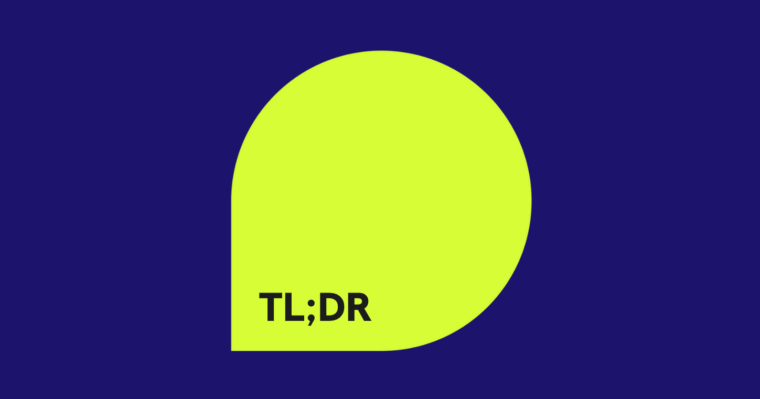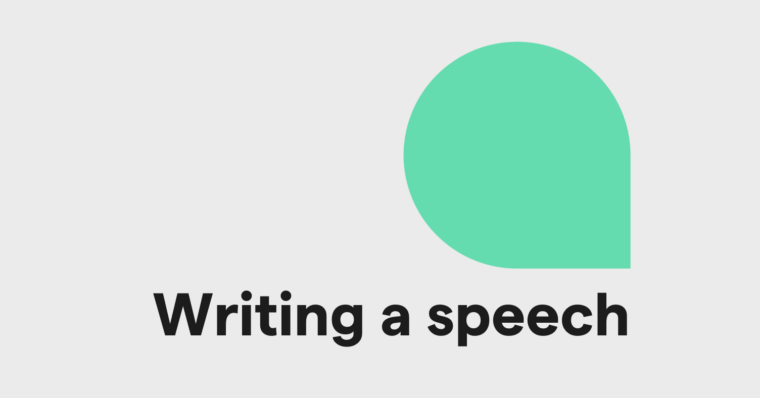
A compare-and-contrast essay is a style of essay that points out the similarities and differences between two or more subjects. It’s ideal for showing what separates and unites related things or concepts, particularly if the subjects are often confused for each other or unjustly lumped together.
Compare-and-contrast essays have a lot in common with other essay types, but differ in many ways, too—and that’s the heart of comparing and contrasting! By seeing the differences and similarities, the reader better understands each of the subjects by using the other subject as a frame of reference.
In this guide, we explain how to write a compare-and-contrast essay, including some advanced tips and examples. We discuss how to structure your essay and how to frame your thesis, but first, let’s take a broader look at why comparison essays are so useful.
Purpose of a compare-and-contrast essay
Let’s say you want to write an essay about how great renewable resources are, but you spend a lot of your time explaining how fossil fuels work. To truly understand why renewable resources are so amazing, your reader needs a little background on their alternative, fossil fuels—but the essay’s attention is divided so equally that it’s like there are two topics.
That’s when compare-and-contrast essays function at their best. If two topics relate to each other or define each other, you can better explain them both by showcasing their similarities and differences. That goes double for topics that are often conflated or confused for each other; it helps readers when someone points out exactly what’s the same about them and what’s different.
Unlike argumentative essays or persuasive essays, compare-and-contrast essays deal with multiple topics instead of focusing on one. The downside is that they don’t describe the individual subjects as much as single-topic essays. They’re also a common assignment for college essays since they show the instructor how well you grasp both subjects.
How to write a compare-and-contrast essay
When writing a compare-and-contrast essay, it helps to figure out two things: what your thesis is (the subject matter) and how you plan to structure it.
Thesis
First things first: You need to choose which subjects you’re comparing. This isn’t always easy, especially if you have to pick the subjects on your own.
For inspiration, here are some compare-and-contrast essay example topics:
- Opposing options for a certain category
- fossil fuels and renewable resources
- Coca-Cola and Pepsi
- Related works of arts or cultural movements
- Mona Lisa and The Girl with a Pearl Earring
- ’80s punk rock music and ’90s grunge music
- People who are similar, connected, or associated with each other
- Dorothea Lange and Diane Arbus
- The state of affairs at different time periods
- London in the 1600s and London now
- the LGBTQIA+ community before and after Stonewall
- Two different but related places
- Roman Empire and Greek Empire
- Opposing theories or beliefs
- loop quantum gravity and string theory
- evolution and creationism
- Opposing viewpoints or opinions
- liberalism and conservatism
- Topics that are often confused with each other
- fascism and despotism
Once you’ve settled on your subjects, you can begin generating ideas. It helps to first list all the similarities and differences between your subjects. When you see them all written down, you can start formulating connections and decide what structure to use for your compare-and-contrast essay.
If you’re stuck, try making a Venn diagram. This is a visual aid that helps you understand which characteristics your subjects share, and which ones are exclusive.
Looking at your lists, you can then decide on the thesis. To do so, ask yourself a few questions: What are you trying to show in your compare-and-contrast essay? What do you want your reader to take away? For example, do you want to emphasize that Dorothea Lange’s work influenced Diane Arbus, or that they are two very distinct artists?
Organization
Compare-and-contrast essays follow our own recommended essay structure. While the linked guide goes into more detail, in a nutshell, your compare-and-contrast essay should follow a simple format of beginning, middle, and end:
- Introduction: where you explain your thesis or what your essay will discuss
- Body: where you actually list the similarities and differences of your subjects; the largest section
- Conclusion: where you wrap up and summarize your points
The introduction, usually one or two paragraphs, should include a thesis statement to show the reader what to expect for the rest of your essay. You can write your introduction following the same guidelines as other essay types, though be sure to mention all your subjects. Likewise, you can write an essay conclusion with the standard rules and best practices.
It’s the body where compare-and-contrast essays get tricky. Do you write about both subjects at the same time, or switch back and forth? Let’s talk deeper on this below.
How to structure a compare-and-contrast essay
The hardest part of structuring a compare-and-contrast essay is knowing when to talk about which subject. Essentially, you have three options:
- block method (subject by subject): You discuss one subject in full and then move on to the next subject.
- alternating method (point by point): You discuss one subject’s take on a certain aspect and then another subject’s take immediately afterward, followed by a new aspect.
- similarities and differences: You discuss all the similarities between your subjects and then all the differences, or vice versa (differences first and then similarities).
No matter which option you choose, you have to pay particular attention to topic sentences. Paragraphs in compare-and-contrast essays can get complicated, so it’s crucial to have a good topic or introduction sentence for each paragraph to make the flow of ideas clear.
Block method (subject by subject)
The block method is usually divided into paragraphs: a paragraph about one subject and then a new paragraph about another subject. Take the compare-and-contrast essay example When Nothing Lies Beyond the Mask: Comparing Moby Dick and The Raven. In the first paragraph after the introduction, the author talks only about Ahab from Moby Dick, but in the next paragraph talks only about the narrator from The Raven. Each subject gets its own paragraph.
Using the block method, you can go back and forth like this for pages, covering as many topics as you need. This approach is best for giving each subject its own attention but tends to slightly weaken the connection between the two.
Alternating method (point by point)
As another option, you can break paragraphs up by a specific topic and issue, and in each paragraph discuss both or all subjects. Let’s look at another compare-and-contrast essay example, The Reality of Science Fiction: Comparing Clarke to Cruise. Here, both subjects are discussed in the same paragraph, one right after another.
This approach works best when you want to emphasize the connection between your subjects, or lack thereof. In our example above, the author wishes to highlight just how different the aliens of Arthur Clarke are from those of other authors, particularly H. G. Wells. To emphasize this, the essay author juxtaposes the two points right next to each other in the same paragraph.
Similarities and differences
The third option is quite similar to the alternating approach, with each subject being discussed side by side in the same paragraph. However, the paragraphs aren’t divided by different topics, but instead by what the subjects have in common and what they don’t.
Take a look at the compare-and-contrast essay example Government by the People, for the People has Perished from the Earth, which compares the dystopias of George Orwell’s 1984 and Yevgeny Zamyatin’s We. The first paragraph after the introduction discusses what the governments in the two books have in common, but the next paragraph explains how they differ.
This method works best if you want to focus on a particular similarity or difference between your subjects, or if you want to build up to a powerful conclusion or reveal at the end.
The writing process for compare-and-contrast essays
Want to know how to write a compare-and-contrast essay step by step? The writing process is the same as all essay writing, although adapted specifically for drawing comparisons:
1 Brainstorming — As mentioned above, brainstorming should involve listing all the similarities and difficulties; creating a Venn diagram is a useful method.
2 Preparation — Looking at your brainstorming lists, decide which structuring method would best get your point across: block, alternating, or similarities/differences.
3 Drafting — Here you write your rough draft; this is the longest and toughest phase.
4 Revising — Does the structure you’ve chosen work? With the first draft finished, you can more easily identify any areas that need to be fixed, revised, or rewritten from scratch.
5 Proofreading — Finally, you want to make sure you corrected all the spelling and grammatical mistakes in your draft. With a writing assistant like Grammarly, this phase is a breeze.
If you want to learn more about this process, read our comprehensive guide on essay writing, which better explains the details.
Tips for writing compare-and-contrast essays
Beyond knowing the full process for crafting a compare-and-contrast essay, it helps to learn a few tips to ensure it shines.
Choose topics that are related
In other words, choose topics that have plenty in common, otherwise, your essay will be all contrasting and no comparing. Typically, subjects in compare-and-contrast essays share a strong connection, such as two people in the same profession or two products in the same category.
Without this unifying thread, the reader is left wondering, “What’s the point of comparing these two things?” Not only will it confound your audience, but you’ll also struggle more to come up with points when writing. Solve these problems before they start by smartly choosing your subjects at the beginning.
Write for clarity
Essays with only one subject can be confusing enough—imagine how complicated it gets with two or more subjects. One of the biggest obstacles with compare-and-contrast essays is communicating clearly so your reader knows which points relate to which subject, and what conclusion the entire essay is building toward.
But when you’re in the heat of a writing session, it can be difficult—and distracting—to stop and evaluate your work for clarity. Luckily, Grammarly offers suggestions to rewrite entire sentences in order to improve the clarity of your writing.
If the writing in your compare-and-contrast essay starts getting messy, Grammarly’s writing suggestions recommend alternative phrasings to clear things up. Just one click and your writing gets the professional editor treatment. Try Grammarly now and see how your writing improves.





